Geeks are now more in than ever!
In the wake of the COVID-19 pandemic, brick-and-mortar businesses everywhere are switching to ecommerce stores. And so, coding experts, who know their way around software architecture and bug fixes are in red-hot demand.

Source: Programming Giphy
But well, not all platforms are the same in terms of complexity. Take WordPress, for example. Hailed for being as easy to learn as a word processing program, it doesn’t take long to nail the fundamentals and get a website live.
But can a WordPress developer work on a platform like Magento with the same skillset, or would they need to be more of a geek?
Well, let’s find out!
Contents
- 1 Magento Development: Do I Need To Be a Geek?
- 2 For the Frontend Developers:
- 3 For the Backend Developers:
- 4 What Do You Need to Know For Working with Magento:
- 5 Opensource & Self Hosted Platform:
- 6 Speed and Performance:
- 7 Magento Store Customization:
- 8 Smart Inventory Management:
- 9 Search Engine Optimization:
- 10 Other Ecommerce Operations that You Should Know:
- 11 Final Words:
Magento Development: Do I Need To Be a Geek?
Magento is well-known for websites that help deliver a better shopping experience.
It offers developers a complete package to develop an ecommerce solution that meets all your store building requirements. The platform comes in two distinct versions: Magento Opensource (community edition) and Magento Commerce (enterprise edition). Both these editions are available on the cloud, ensure scalability and rich features.
The challenge is the complex architecture and a steep learning curve, especially in the beginning.
The platform is built using a number of different web languages and technologies. As a developer, you have two choices: you can choose to be a frontend or backend developer while starting work with the Magento platform in the beginning, and master the full stack later on.
You should have some knowledge of the following prerequisites before working on Magento:
For the Frontend Developers:
- Good understanding of HTML & CSS (responsive design for the latest versions is a plus)
- JavaScript & Prototype for Magento 1 and jQuery for Magento 2
- Basics of PHP and XML for understanding how the templates are generated using block.php and layout.xml
For the Backend Developers:
- PHP with the latest version 7.x.x at a quite advanced level and concept of MVC framework.
- DBMS knowledge – MySQL is the default choice.
- Understanding of the following: Linux, Apache, Git, caching technologies (Vanish, FPC, and Redis), indexing, cron, HTTP requests, etc.
What Do You Need to Know For Working with Magento:
Magento is an extensive platform, and thus the developers need to look beyond just coding and databases. Let’s look at some of these areas and aspects.
Opensource & Self Hosted Platform:
Open source platforms give you the freedom to design and develop your store the way you like. All you need to do is download the Magento application, install it on your hosting solution, and get your hands dirty with code.
The opensource framework gives you direct access to the source code. As a developer, you will be solely responsible for writing the code and test it in the staging environment. After testing, push the website to the live server.
When working with Magento, you need to make sure that you opt for a cloud hosting that fulfills all Magento hosting requirements, complete with the latest web servers and cache technologies.
In my opinion, Cloudways is an ideal hosting platform for Magento that meets all the server requirements recommended in official DevDoc. You can test the Cloudways platform on top Cloud providers in a 3-day trial using DigitalOcean, Linode, and Vultr.
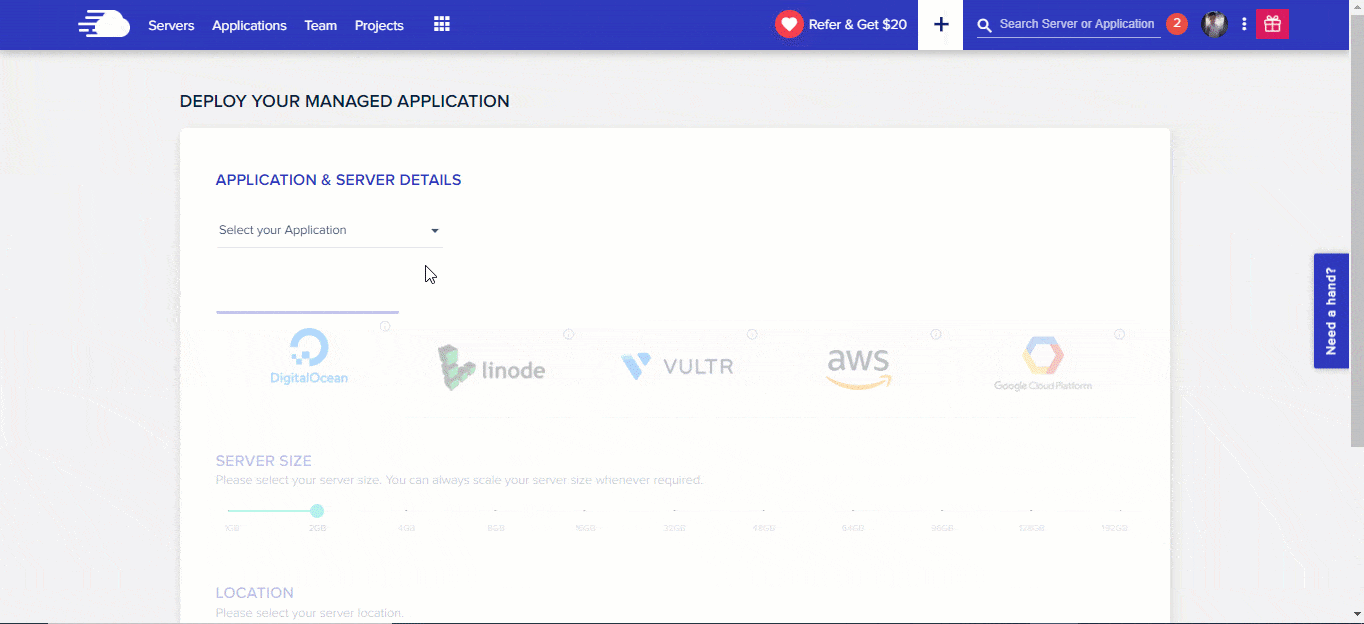
Speed and Performance:
We can all collectively agree that Magento 2 is a lot better than its earlier version. But it all depends on the developer, the selection of themes and extensions, and, more importantly, the configuration.
Magento’s speed optimization helps you manage better page load time and Elasticsearch queries. The best part is you get complete control over your store and it also means extra work.
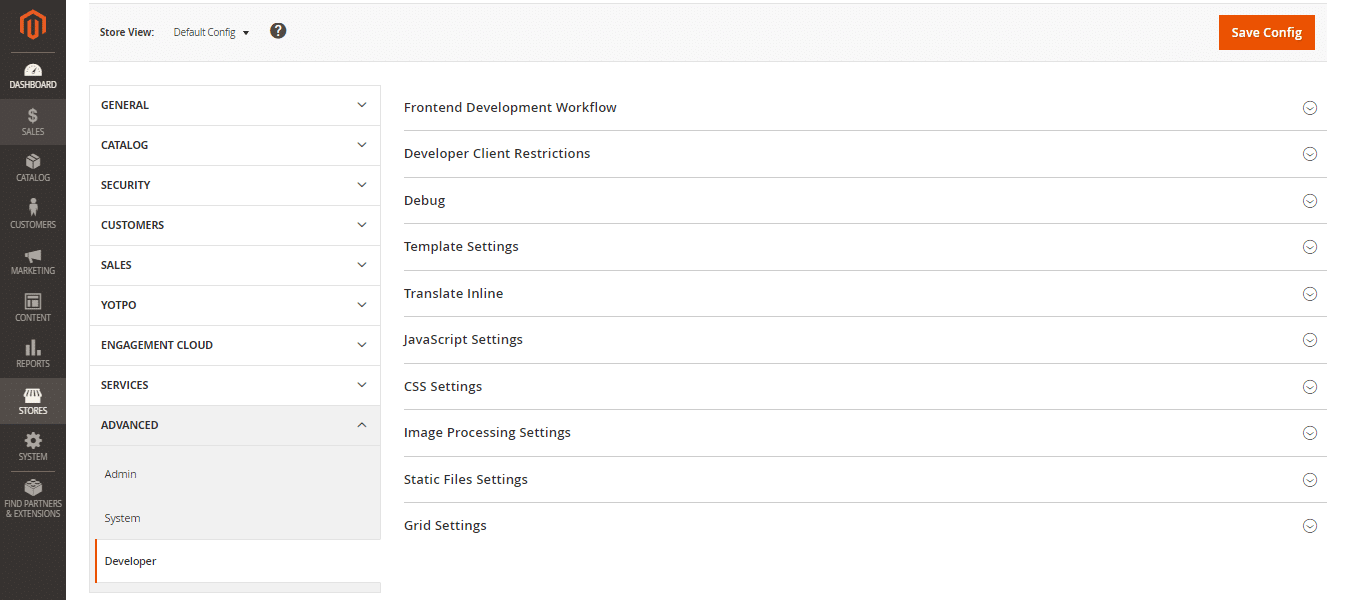
Magento Store Customization:
If you don’t want to write code, the WYSIWYG interface offers an intuitive, interactive design where you can create stores. All you have to do is simply choose a template, add the content, and post it online without writing a line of code.
But to tweak the HTML and CSS, you do need prior coding experience. Adding a theme or extensions isn’t a big deal; the real challenge starts when it comes to configuration.
To understand the entire Magento themes, you need to have knowledge of the structure of directories. Otherwise, you will be wandering around looking for solutions.
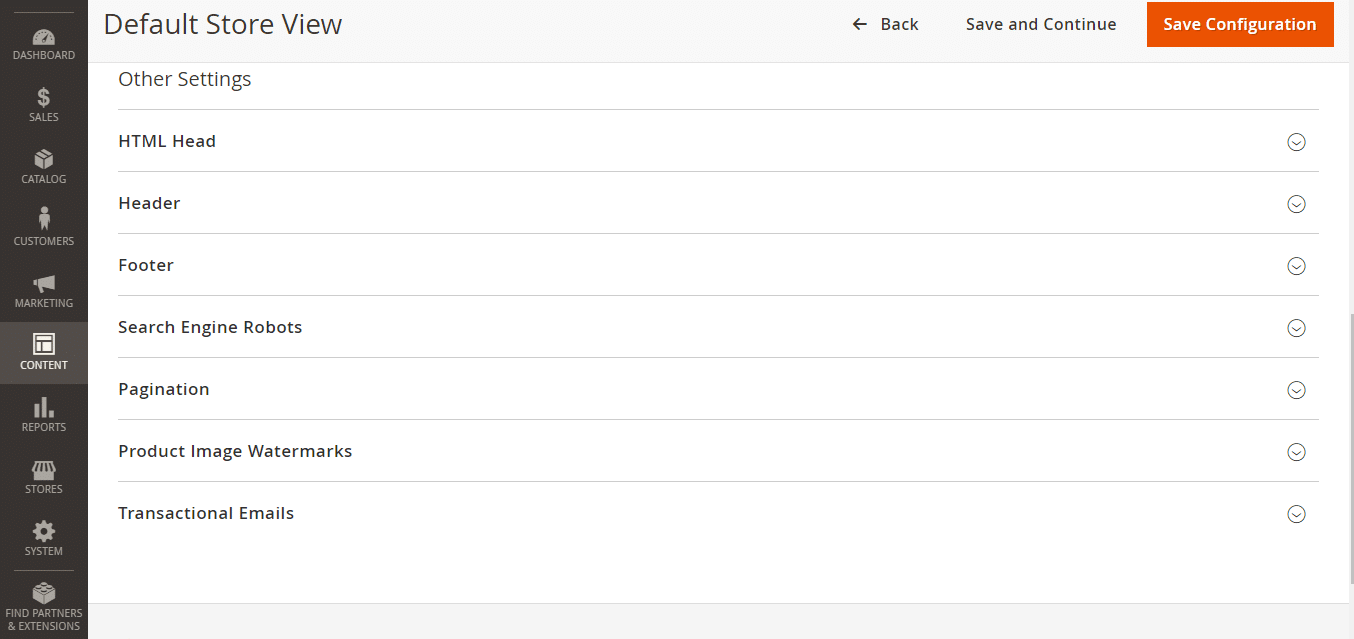
Smart Inventory Management:
You won’t be able to run an online store without understanding inventory management attributes. With Magento, you can have functions like inventory importing, categorizing products, creating filters, and adding catalogs and shopping carts. You can also add several products with various product attributes, such as types, sizes, and price ranges.
But if you want further details on your product then you have to write your own code or use third-party integrations.
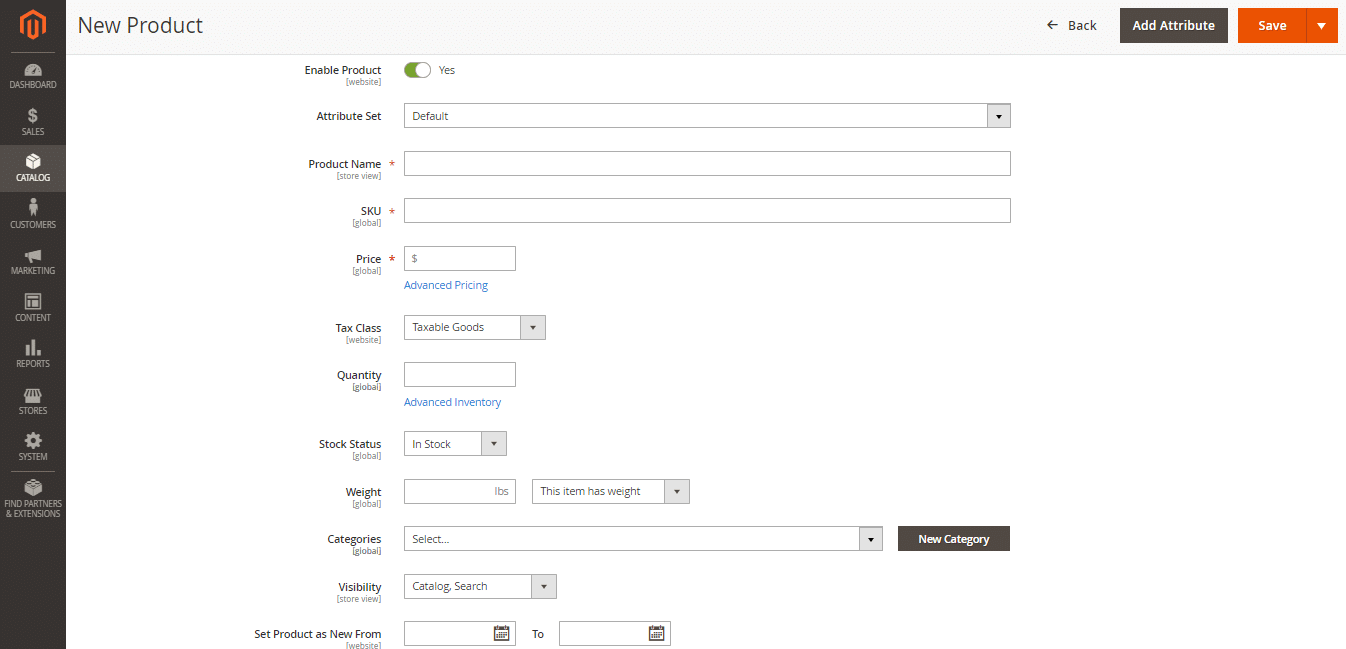
Search Engine Optimization:
The best quality of the Magento platform that I personally admire is that you get full ownership of the store and its activities. However, simply building a store is not enough; you also need to market it right. That’s where technical SEO comes in. As a developer, you need to understand the following points:
- XML sitemaps
- Robots.txt
- Template requirements such as the placement of analytics tracking codes
- Page declarations such as < link rel=”canonical” >
- 301 redirects
- Page speed
- HTTPS–and site migrations, if the site is using HTTP
- Link-based site structure
- Server log monitoring for SEO purposes
You may also check our SEO Configuration Guide for Magento 2 for more details.
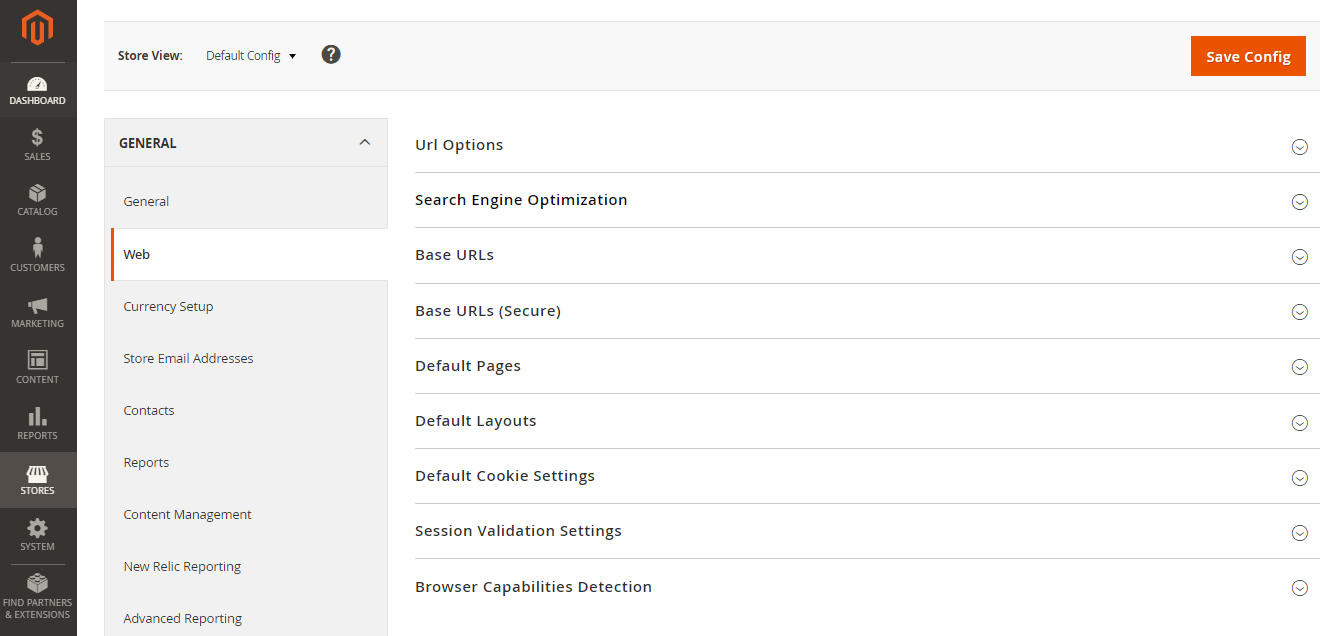
Other Ecommerce Operations that You Should Know:
When it comes to developing an ecommerce store, you need a holistic perspective of the shopping experience. Make sure you understand how to manage the catalogs, add credible content, and carry out order management, invoicing, site management, and secure and reliable payment through gateways like PayPal or Stripe. All of this is part of the process. Well, thanks to Magento, developers can manage all of these functionalities easily. But need to learn how. Apart from that, ensure when users make any transaction it should be secure and reliable via payment gateways like PayPal, Stripe, or any other.

Final Words:
Becoming a geek and writing a bunch of code using Magento isn’t that difficult. All you need is persistence, constant learning, and practice. “Practice Makes Perfect” Other than that, try to take part in the Magento community and increase the numbers of projects on GitHub. With that, you can have a job at an agency to gain some experience with different aspects of Magento.

